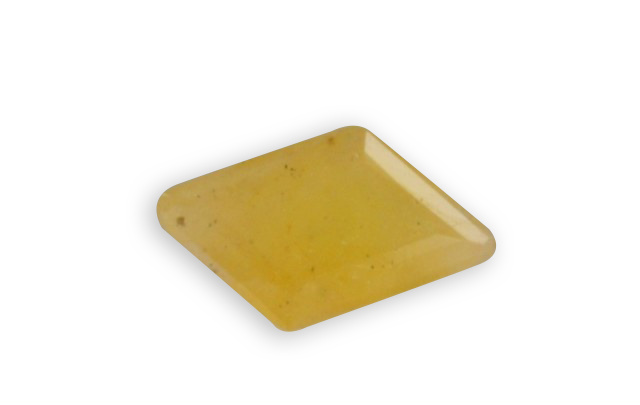
pearly
Je vous emmène à travers mes vidéos découvrir mon expérience acquise depuis plus de 30 ans a silloner le globe entier à la recherche de pierres précieuses, de rencontre mémorables mais aussi de difficulté parfois …
actualités
Categories



kyanite
Its name recalls its dominant color : blue in Greek (cyan). Sometimes colorless, but generally blue to bluish green, this gemstone has a hardness ranging, with its texture in plans, from 4.5 (direction of elongation) at 6 to 7 (perpendicular to the elongation). It also

cancrinite
It was identified in 1839 by a German mineralogist and named in honor of the Russian Finance Minister George Kankrin (1774-1845). This stone is particular : it is a silicate but effervesces with acid because it contains carbonates.

calcite
It is known since antiquity, its name comes from the Greek “khalx” for lime. Identified and analyzed from the seventeenth century and then by Rene-Just Haüy to its easy cleavage. Called Iceland spar, the crystals exhibit the phenomenon of double images: a feature seen through




